
About This Quiz
Your next worldly adventure is just a few scrolls away with our destination picture quiz. We've chosen images from around the world. See if you can identify the names of the places that you see. Some of the settings that you'll notice have been around for thousands of years, so it's imperative that you finally nail these names!
Don't take for granted the amazing sites, venues and natural wonders that exist in the world today. Some technological marvels include the Tokyo Tower, the Seattle Space Needle and the Atomium in Brussels. These structures are erected to signify human innovation in general, as well as a respective region's achievements of the past, present or future. There are also natural wonders that cannot be fully explained, like the Niagara Falls of North America or Northern Ireland's Giant Causeway.Â
Whether man-made or natural, recent or centuries old, these destination marvels are visited by millions of people each year. It's a wonder how curators handle crowd control at these locales. For natural structures, there's a particularly clever balance that's maintained to keep earthly treasures in their natural condition by using artificial means to best sustain what nature has designed.
But you don't need to watch your step or hold your breath for any of the amazing imagery that we have in store for you. Feast your eyes on these sites and guess the correct names, if you can!
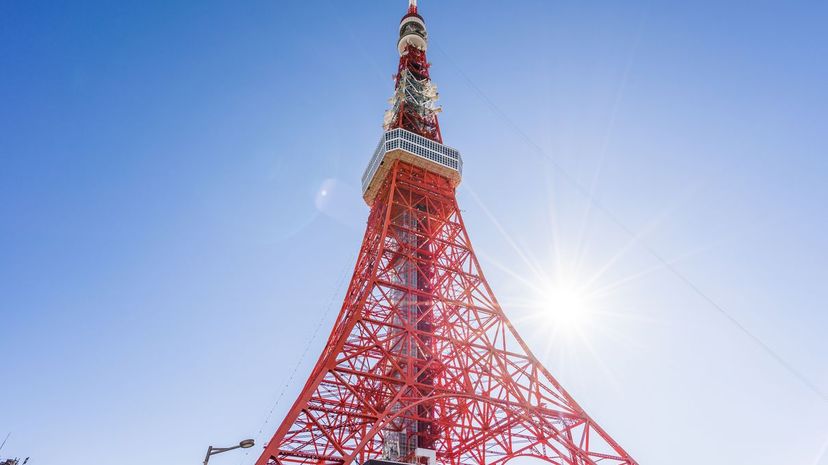
Japan's Tokyo Tower is a lofty symbol of the city's economic prosperity since World War II. The tower is home to a number of broadcasting companies that service the Kanto region of Japan.
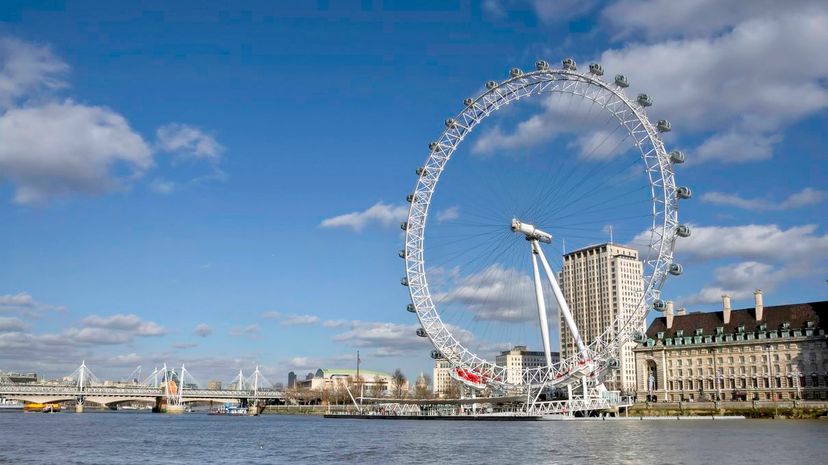
As it boldly contrasts the old-world architecture of its home city, the London Eye is one of the city's most popular tourist attractions. The 443-foot observation wheel is situated along the South Bank of London's River Thames and was the prominent landmark symbol of the August 2012 Olympic Games.
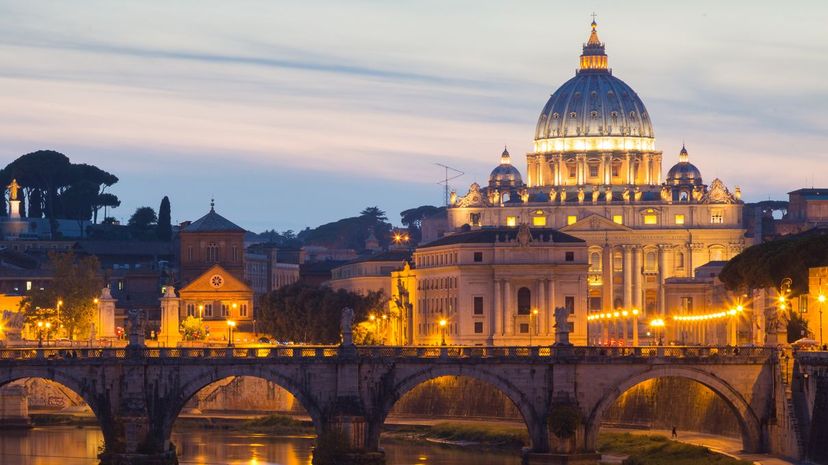
Pope Julius II installed the first stone of St. Peter's Basilica in 1506, and Pope Urban VIII consecrated the structure in 1626. Michelangelo designed the Vatican City basilica's dome, and the Papal Basilica of St. Peter in the Vatican is the biggest Catholic church in the world, spanning 452 feet wide and 614 feet long.
Advertisement

Architect Antoni Gaudi designed La Sagrada Familia, which is one of Europe's tallest religious buildings. Located in Barcelona, Spain, the cathedral's first stone was laid in 1882 and has been in development for over 130 years.

Uhuru Peak is the highest peak of Mount Kilimanjaro, standing at 19,340 feet. Some 20,000 climbers arrive in Tanzania, Africa each year to brave Mount Kilimanjaro. Seventy percent of all climbers who seek to master Uhuru Peak are successful.
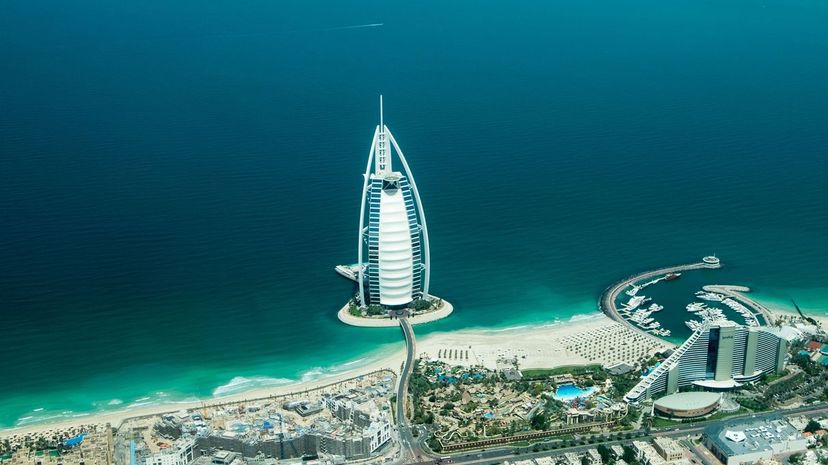
Considered by many as the world's most luxurious hotel, Burj Al Arab Hotel in Dubai was constructed to resemble a bulging sail. The skyscraper includes 202 suites and is illuminated at night with choreographed lighting.
Advertisement

The Trevi Fountain is one of Rome's most famous tourist attractions. The 18th-century fountain includes sculptures of tritons, Corinthian columns and a giant statue of Neptune, the Roman god of freshwater and the sea.
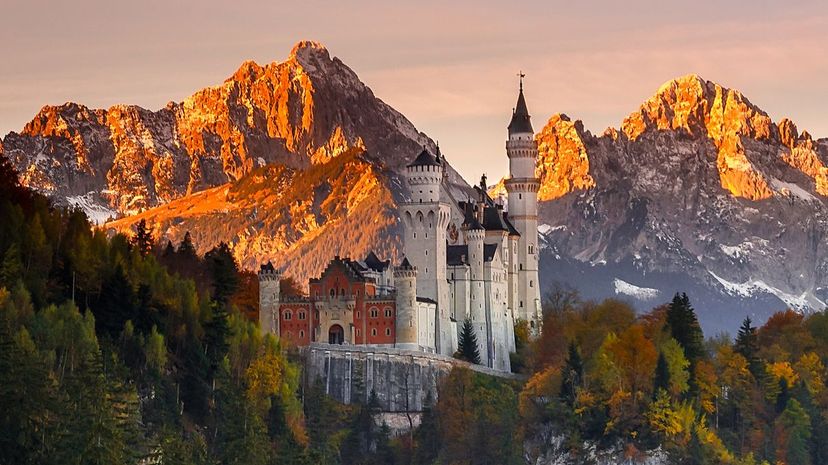
Neuschwanstein Castle is Schwangau, Germany's fairy-tale castle built by King Ludwig the II of Bavaria. Construction for the building started in 1869. Neuschwansteun Castle inspired Walt Disney to create Disneyland.
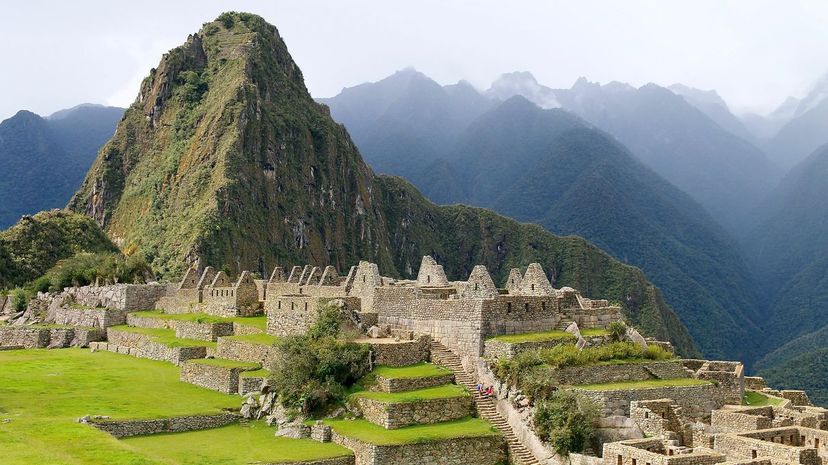
Nestled in Peru's Andes Mountains, Machu Picchu is the former retreat dwelling for the elite rulers of the Incan Empire. The name for the well-preserved royal ruins means "old Mountain Peak" in the Incan language of Quechua.
Advertisement
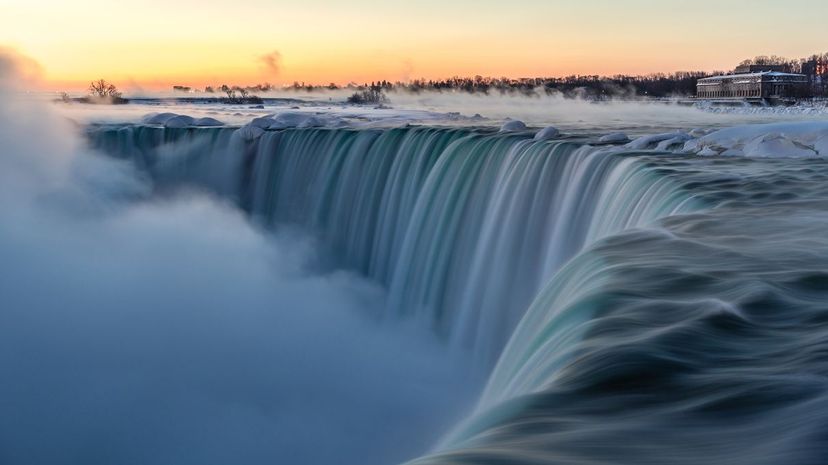
The cataracts of Niagara Falls, New York are considered one of the world's seven natural wonders. The majestic waterfalls attract hundreds of tourists daily and lie approximately 84 miles southeast of Toronto, Canada.

Three million tourists visit Mont St. Michel, which ascends from the flatlands of Normandy along France's Atlantic coast. The monastery 's granite surfaces have survived for 1,000 years.
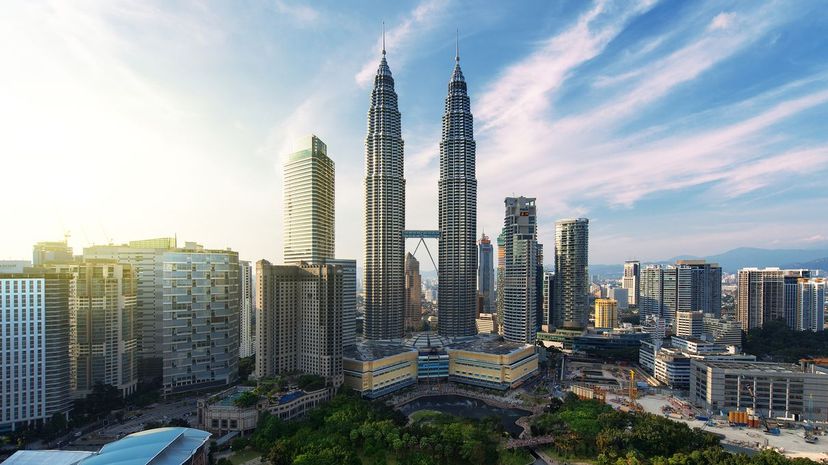
The Petronas Twin Towers are the most recognizable structures of Kuala Lumpur's skyline. The megastructures, which unofficially opened August 28, 1999, symbolize Malaysia's growing international prominence and are two of the tallest buildings in the world.
Advertisement
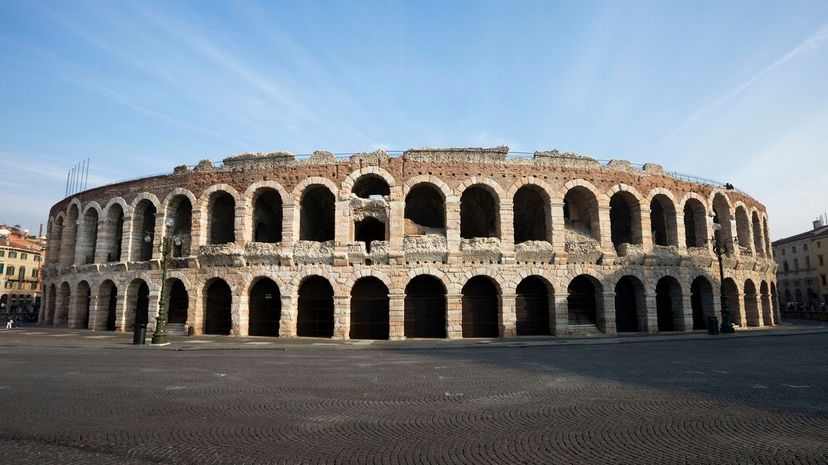
Arena Di Verona is a 2,000-year-old Roman amphitheater located in the Italian city of Verona. The historic coliseum features 16,000 seats and has served as a venue for anything from opera performances to gory gladiator exhibitions.
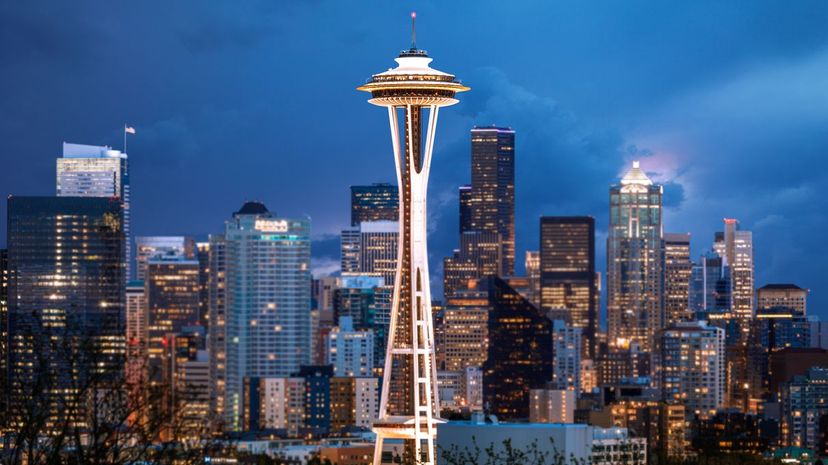
The Space Needle is the symbol for Seattle, Washington, as well as for science and technological innovation. The Space Needle sponsored someone from the general public to fly into space for an event called "Space Race 2012," which celebrated the iconic structure's 50th Anniversary in 2012.
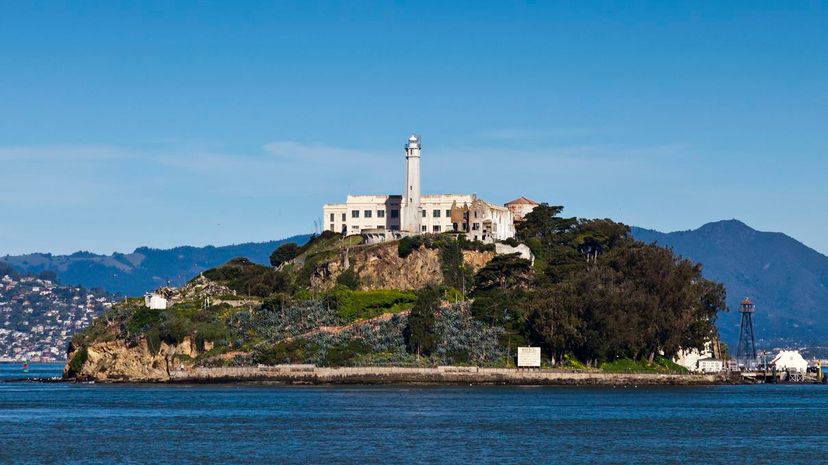
U.S. Attorney General Robert Kennedy shut down Alcatraz in 1963. The federal penitentiary, dubbed "The Rock," was slated for $3.5 million in renovations in 2010 to make the facility more accessible to the public. Alcatraz was an Army fortress in the 1800s and became a military prison in 1861.
Advertisement

The White Cliffs of Dover ascend 300 feet high as a solid white wall that fringes the city of Dover, England. The cliffs have served as a protective barrier for England, in general. The English military manned the tops of the cliffs after Germany conquered France in 1940.

The U.S. Washington National Monument began as a private group project rather than a government enterprise. The Washington National Monument Society was founded in 1833 to finance the 178-foot monument, which was installed in the National Mall in the District of Columbia.
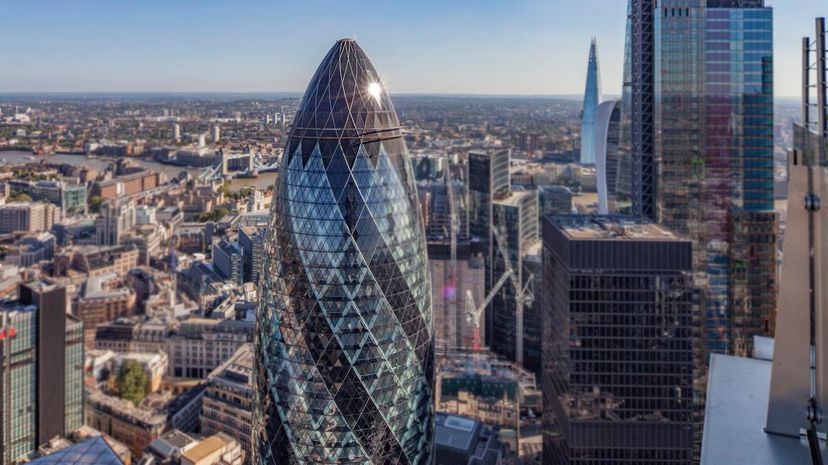
The Gherkin is the very recognizable symbol of London's financial district. The 40-storied, pickle-shaped steel-and-glass property was formally known as 30 St Mary Axe and was put up for sale in August 2014 as a result of the global financial crisis.
Advertisement
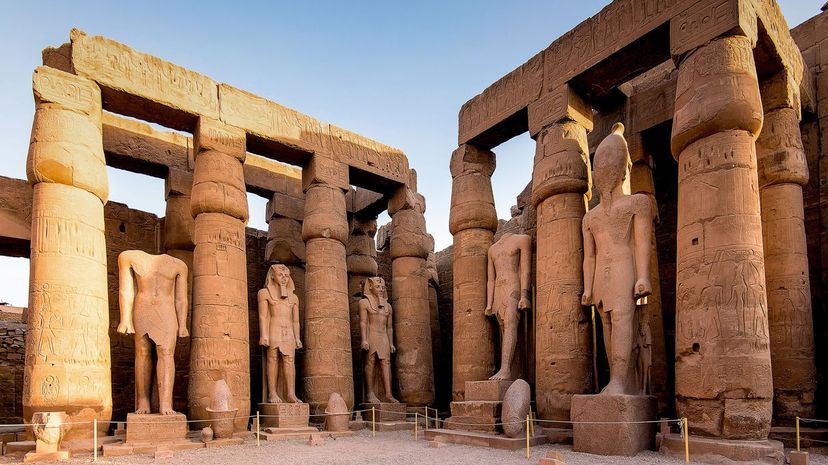
In 2015, a suicide bomber targeted the ancient Egyptian temple in Luxor, which contained several tourists and Egyptians at the time of the ambush. The New Kingdom pharaoh Amenhotep III was responsible for constructing much of the temple that largely serves as a backdrop for tourist shops today.
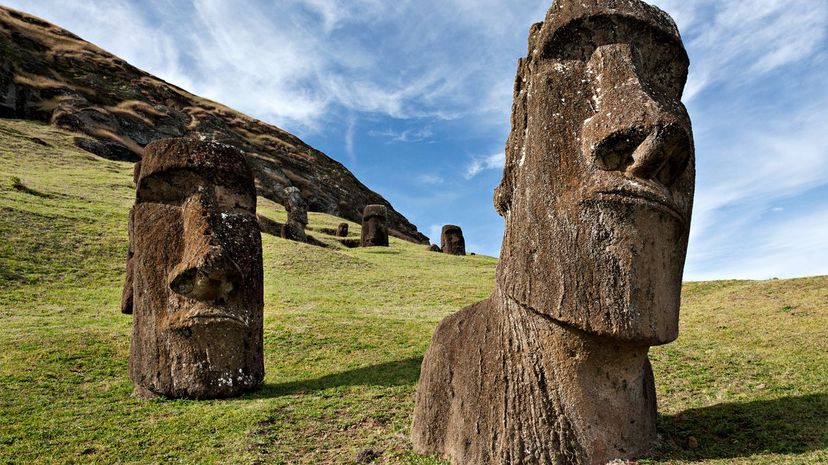
There are 394 moai scattered about Rano Raraku, a volcanic cone which has a crater lake. Although some moai appear to only have heads, they are full figures partially buried in centuries of soil.
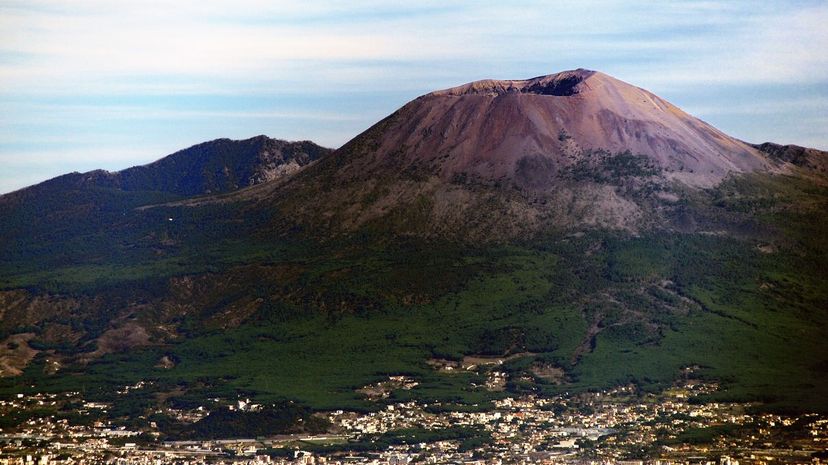
Mount Vesuvius is a volcano near Naples, Italy that last erupted in 1944. "Chicken Vesuvio" is the American chicken dish named for the volcano that produces a large amount of smoke during the cooking process.
Advertisement

Cambodia's Angkor Wat is a hand-carved stone mountain that ascends in three huge square banks. Thais ambushed the fortress several times in the 1300s and 1400s; in 1431, they booted the Khmer regime that was based there. The Khmer people soon relocated to Phnom Penh.
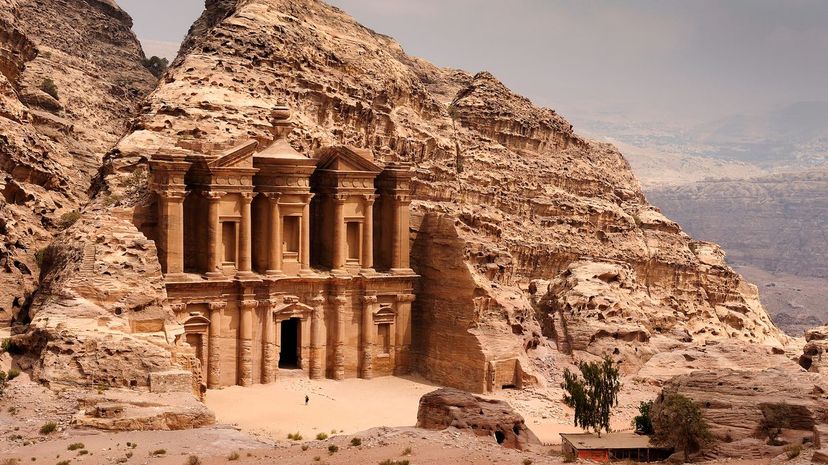
Petra, which is the Greek term for "rock," was the spiritual capital of the Nabateans, an ancient culture that once dominated much of the region now known as Jordan. Built by affluent spice merchants in ancient times, Petra was constructed as a network of huge monuments, trading zones and tombs.
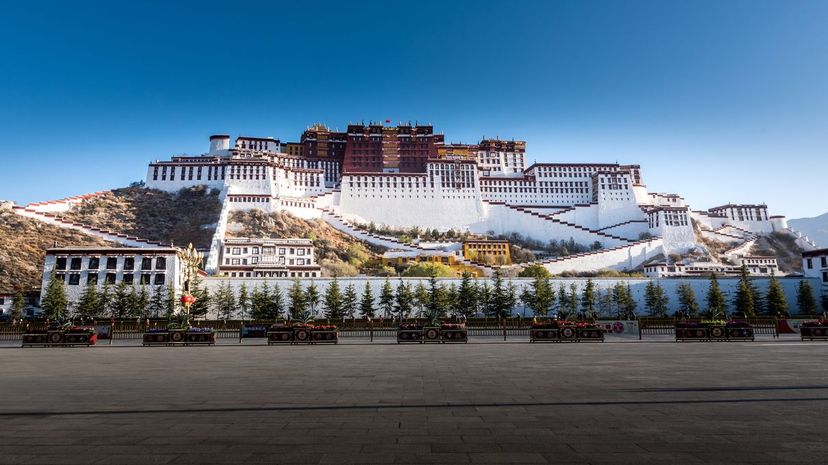
Potala Palace of Lhasa is one of Tibet's most famous landmarks and had served as the Dalai Lama's residence during winter months. People who visit the Chinese-controlled monastery are required to walk in a counterclockwise direction.
Advertisement
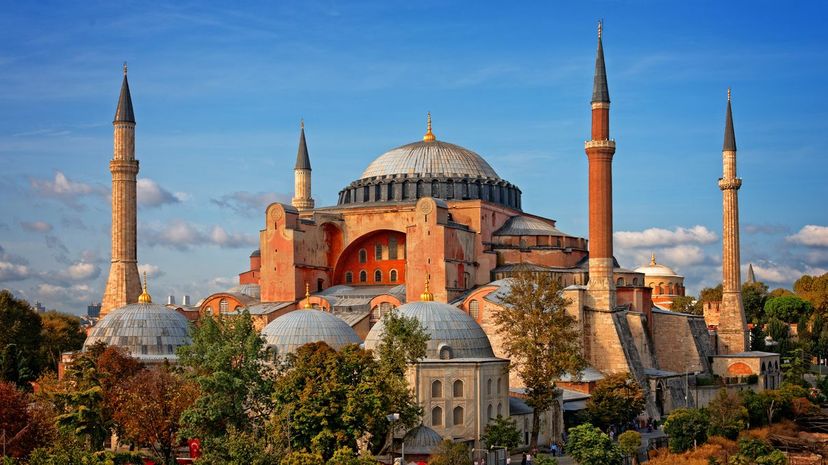
The Hagia Sophia is a 1,500-year-old building located in Istanbul, Turkey. The structure is adorned with high-rising minarets and massive buttresses. Its name translates from Greek to mean "Sacred Wisdom."

The more than 200-years-old Nyhavn is a picturesque waterway in Copenhagen, Denmark whose name means "new harbor." Old homes and small shops line the banks of the canal, which is a popular hangout spot for beer drinkers.
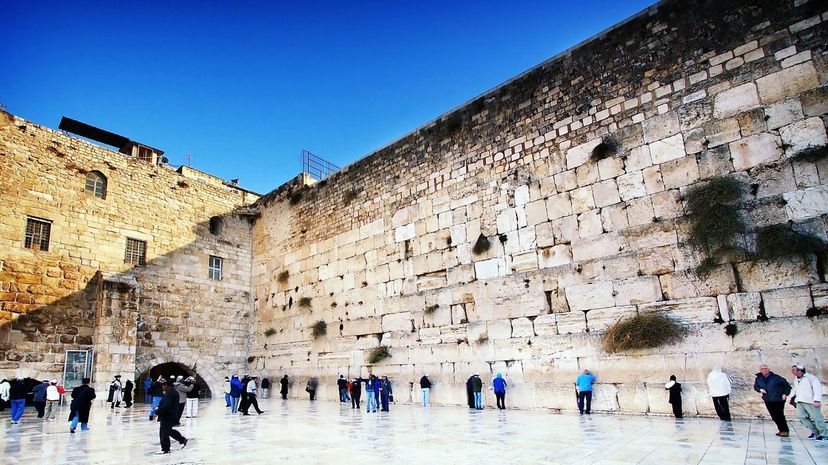
The Wailing Wall, or Western Wall, is a religious shrine in Jerusalem. At the end of World War I in 1929, the British Mandate for Palestine decreed that "in certain Jewish circles the right to pray has ... become linked with the claim of actual ownership of the Wall."
Advertisement
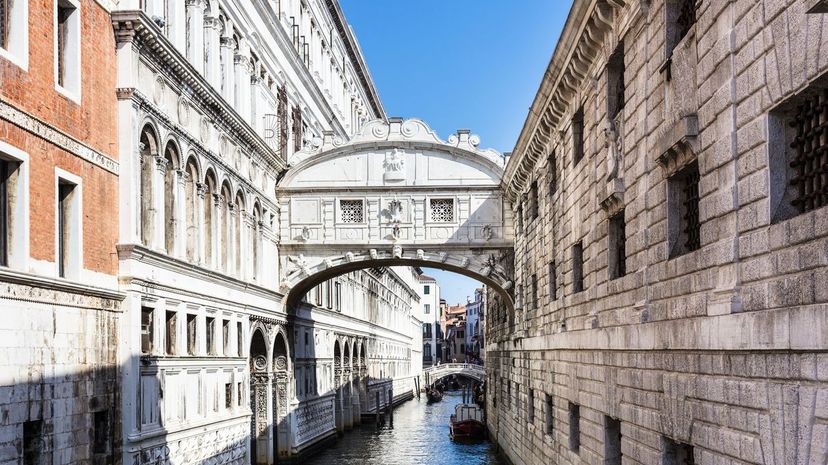
Venice, Italy is home to the Baroque-styled Bridge of Sighs. The bridge, which spans the narrow Rio di Palazzo waterway, was constructed in 1600s by Italian architect Antonio Contino.
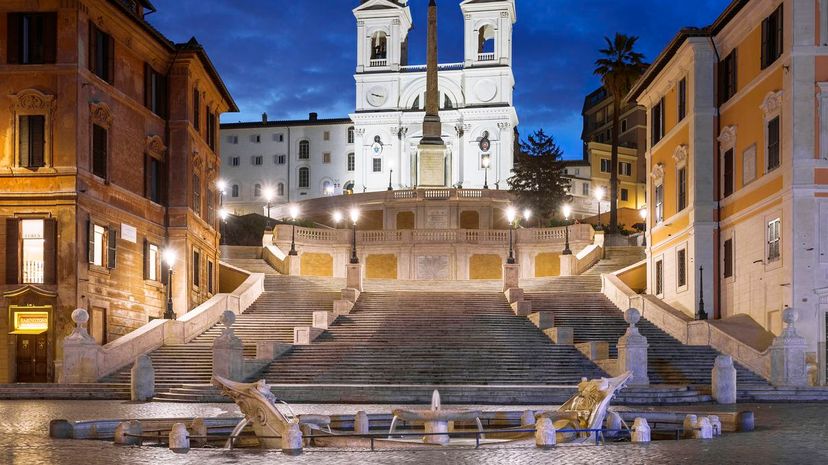
The Spanish Steps are a set of steps that extend from the Piazza di Spagna, a modern-day square in Rome, Italy that was once a bullring. Religious authorities named the Spanish Steps such because the Spanish Embassy was located in the square below.
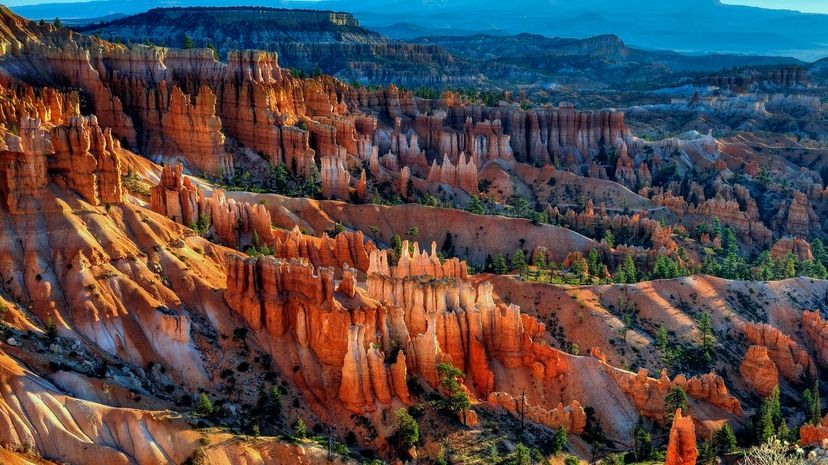
Utah's Bryce Canyon National Park is situated in the state's south-central region. The park spans roughly 35,835 acres, and its elevation levels range between 6,600 and 9,100 feet. A 1923 presidential declaration originally established the park as a national monument.
Advertisement
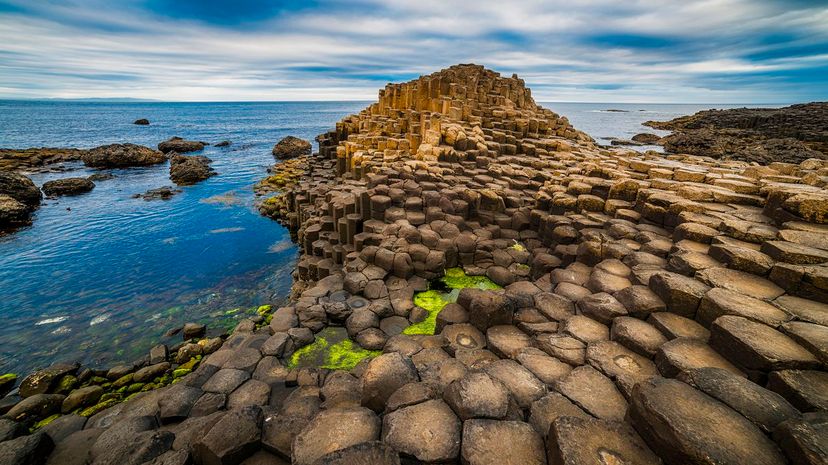
A series of basalt rock formations located in northern Ireland that are collectively known as Giant's Causeway have existed for 60 million years. Formed from vigorous volcanic activity, the mysterious rocks have been a source of inspiration for many philosophers, writers and scientists.
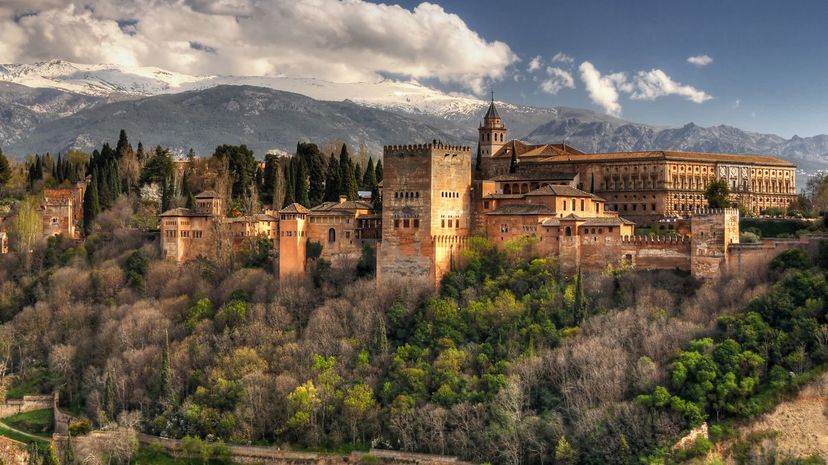
The medieval city of Alhambra in Spain is a Moorish architectural wonder. 700 years ago, Moors built Alhambra, which was their last fortress in Europe. Today, the city is home to a broad mixture of cultures.
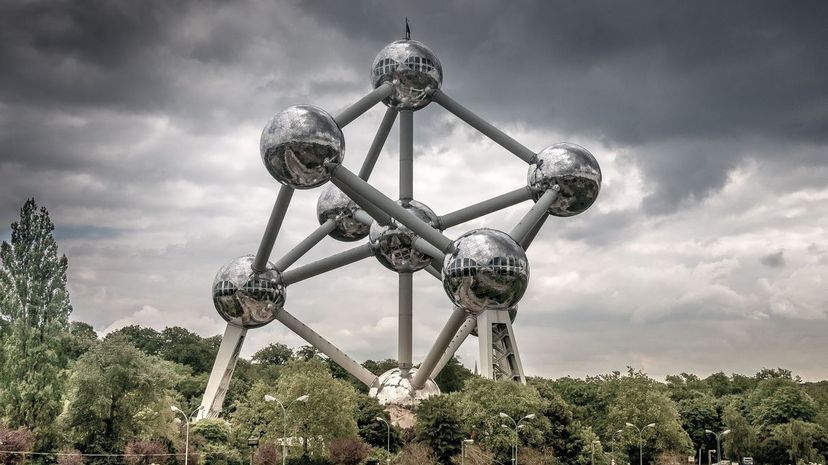
Rising 335 feet high, the Atomium structure in Brussels, Belgium is a magnified replica of an iron molecule. Designed by Belgian engineer Andre Waterkeyn, the formation was placed on the northern edge of the city in 1958.
Advertisement
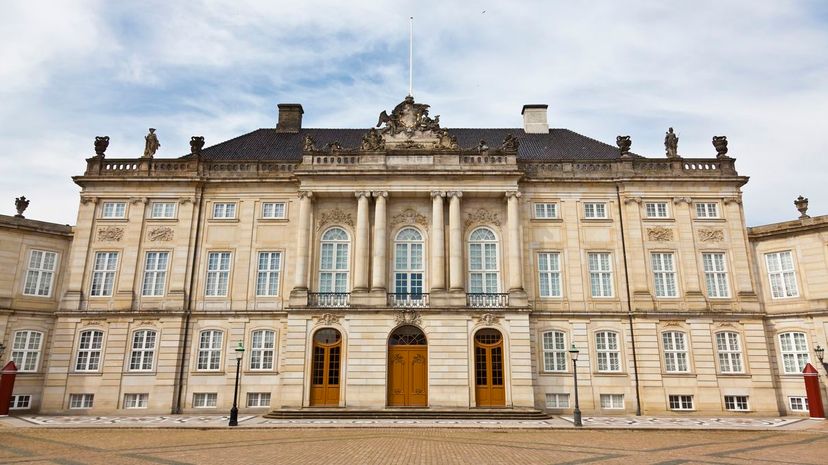
Copenhagen's Amalienborg Palace is the official home of Queen Margrethe II and the rest of the Danish royal family. Twelve of the palace rooms were converted into a museum and opened to the public in the spring of 1994.
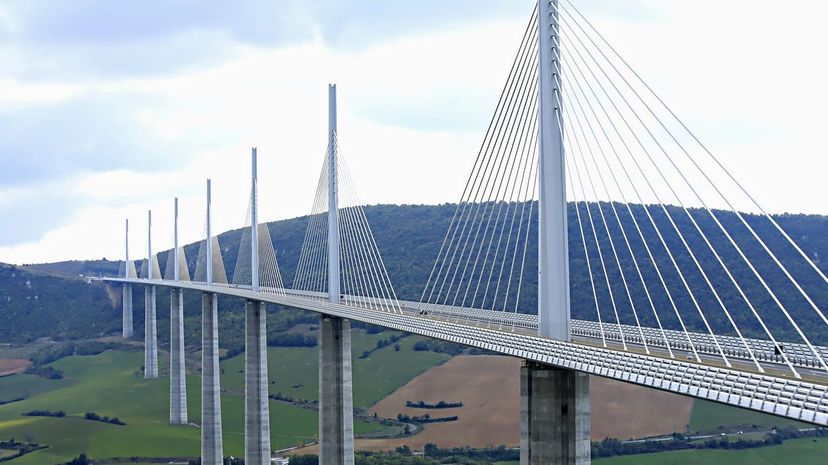
France's Millau Bridge spans 1.6 miles through the Massif Central mountains and allows travelers to ride 891 feet above Southern France's Tarn River valley. British architect Norman Foster designed the concrete-and-steel structure.
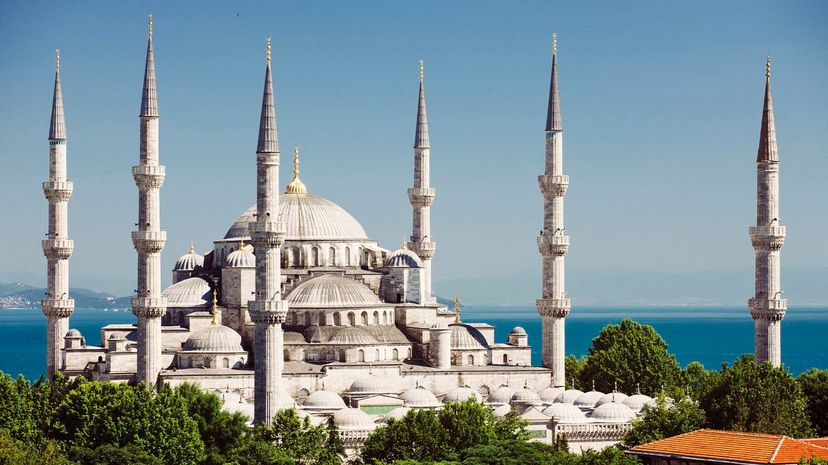
The 15th-century Blue Mosque of Sultan Ahmet was erected on a site where the palace of the city of Septimus Severus once stood in present-day Istanbul. On November 29, 2014, Pope Francis visited the Turkish mosque as a show of solidarity with Turkey.
Advertisement
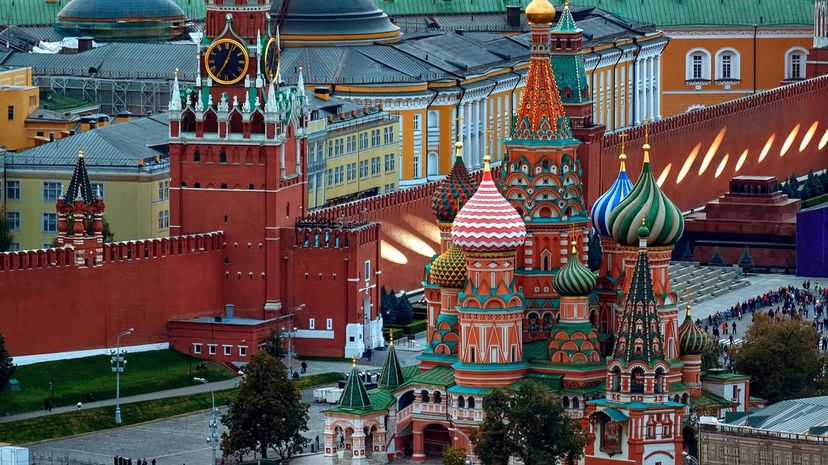
The Kremlin of Moscow, Russia is 58 acres of several cathedrals which construction started on in 1147. The complex holds national treasures that date back hundreds of years to the consecutive reigns of Russian czars.
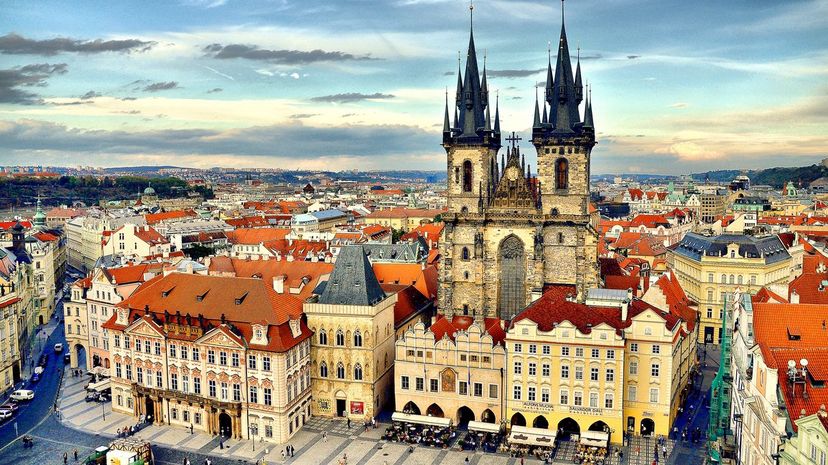
Prague Castle of the Czech Republic serves as seat to the country's government. During Communist rule, the castle was closed off completely to the public. Prague Castle is planted on a hill across from the Charles Bridge.
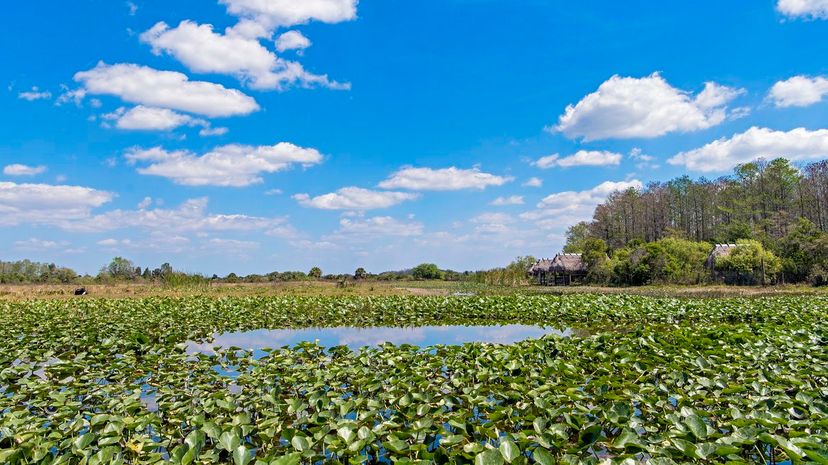
Everglades National Park is a vast stretch of 1.5 million acres of wetlands, which opened to the public in 1947. Years prior, in 1934, President Franklin D. Roosevelt approved legislation that made the Florida park possible.
Advertisement
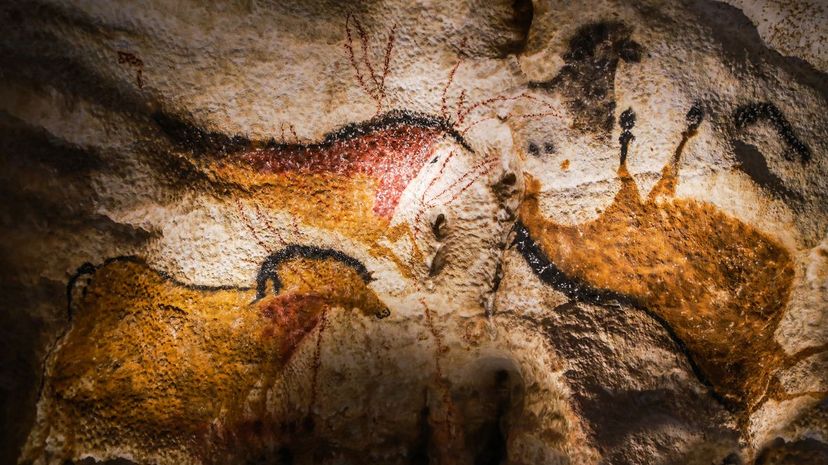
Lascaux is a network of Paleolithic caverns in southwestern France. There exists replicas of the original caves, which the French government closed to the public in 1963 due to years of damage from carbon dioxide erosion and human vandalism.